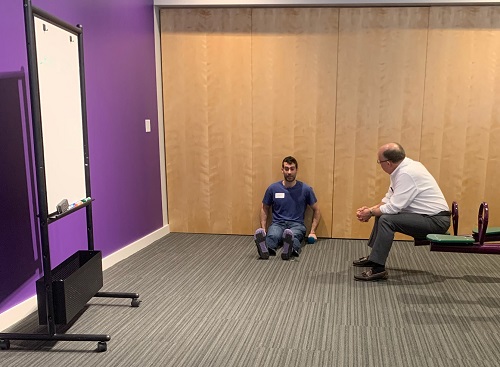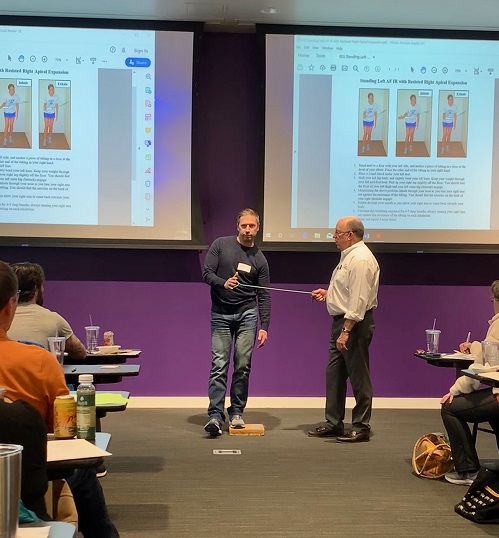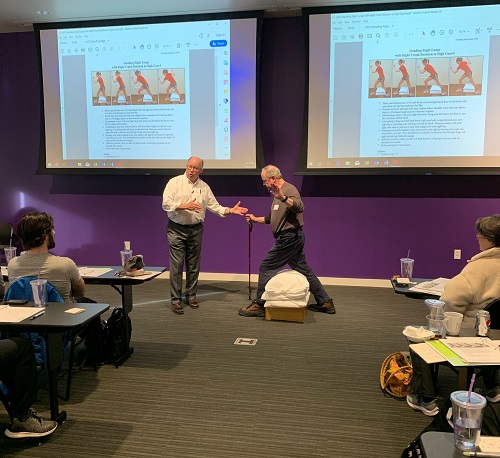This is absolutely one of most gratifying courses I get to give twice a year. I truly could engage into this type of instructional endeavor every week. So much fun. And so gratifying to read the comments after each course and how much it meant to both the attendee that has taken a number of PRI courses prior to attending and those that are starting out on the PRI journey.

For a quick review, I am given techniques that were selected by these attendees; and then I summarize who the techniques were designed for at the time I initially clinically used them and applied them to. Obviously this reasoning of application is limited and incomplete, but it gives those in the room opportunity to learn what I was thinking at the time each selected technique was clinically designed. This explanation allows me the opportunity to engage on how each technique is presently viewed by me and incorporated into my integrative mind set and practice, because of the many years of application and outcome assessment. Some of these techniques I have been using over 30 years. Clinical concepts as they relate to things that the clinician should consider, be mindful of, and cautiously move through for optimal outcome and patient acceptance, appreciation and apprehensive containment, are outlined whenever possible. Much of this discussion is generated by real time through class participation and input. This is the most interactive PRI course available, because of the availability of the founder’s mindset and the time spent on each step and the integrative mindful purpose of each individual step.
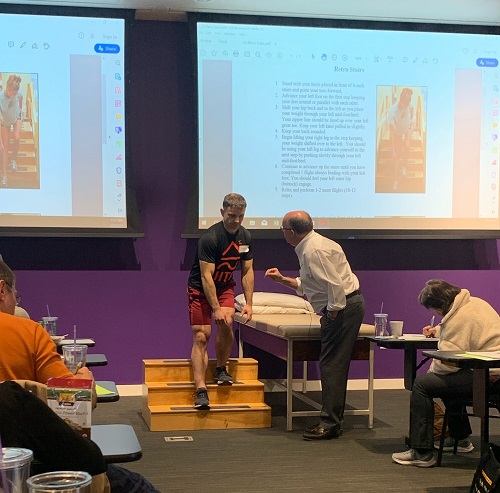
Additional considerations that I offer, enhances the existential experience and reasoning. This dialogue not only focuses on the technique’s interdimensional outcome, but allows the room of attendees to watch, listen and experience these relationships first hand. This is what I absolutely enjoy the most. To listen to the feedback the attendee gives, describes and relates to after the processed feedforward sense is felt, cortically incorporated and functionally measured, is so humbling and consistently rewarding for both the avatar on stage, i.e. the person who is performing the technique he or she selected, and the engaged viewers.
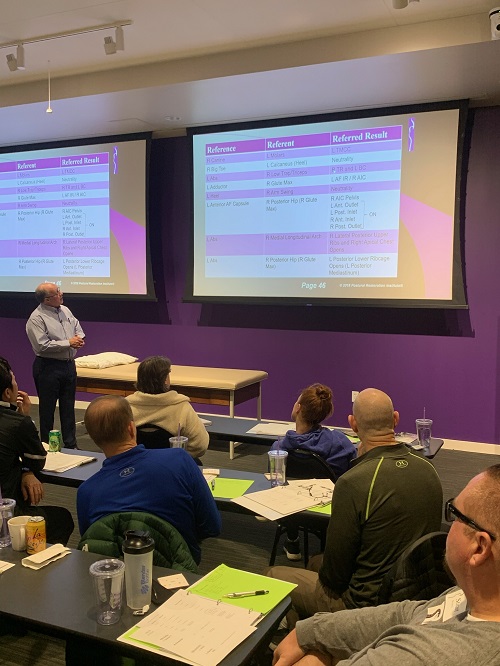
Each of the 13 techniques that were dissected in this manner, offered positional, selection, reference, referent, and respiratory considerations for neuro-cognitive repeatable results. Quite honestly, the time preparing for these two days and its unique material, after Jen gave me each separate techniques that were requested by this particular course’s attendees, was as enjoyable as the actual class time. This time spent on outlining key concepts, application, steps, integrative sense, and desired outcomes, acknowledges my historical perspective and strengthens this Institute’s future application of such needed integrated and desired processing. I look forward to any and all of the future Non-Manual days ahead of me, and hope you will consider the possibilities you personally will experience, if you accept this invitation to participate with me. Thank you!
